When it comes to home renovations, every detail matters. One such detail is the medicine cabinet.
Whether you're replacing an old one or installing a new one, accurate measurements are crucial. They ensure a perfect fit and seamless integration into your bathroom's design.
But how are medicine cabinets measured? What factors should you consider?
This article provides a comprehensive guide on how to measure medicine cabinets. It covers everything from the tools you'll need to the differences between recessed and surface-mounted cabinets.
Whether you're interested in standard medicine cabinet sizes or custom size medicine cabinets, this guide has you covered.
By the end, you'll have the knowledge to measure your medicine cabinet accurately and confidently. Let's get started.
Understanding Medicine Cabinet Dimensions
Before you start measuring, it's important to understand the dimensions of a medicine cabinet. These include the height, width, and depth.
The height is the vertical measurement from the top to the bottom of the cabinet. The width is the horizontal measurement from one side to the other. The depth is the measurement from the front to the back of the cabinet.
Here's a simple breakdown:
- Height: Top to bottom
- Width: Side to side
- Depth: Front to back
Understanding these dimensions will help you take accurate measurements. It will also help you choose a cabinet that fits your space and meets your storage needs.
The Importance of Accurate Measurements

Accurate measurements are crucial when choosing a medicine cabinet. They ensure the cabinet fits perfectly in your bathroom.
A cabinet that's too large can overwhelm the space. On the other hand, a cabinet that's too small may not provide enough storage. Accurate measurements help you avoid these issues.
Recessed vs. Surface-Mounted Cabinets
There are two main types of medicine cabinets: recessed and surface-mounted.
Recessed cabinets are built into the wall, providing a sleek, streamlined look. Surface-mounted cabinets, on the other hand, are mounted directly onto the wall. The type of cabinet you choose will affect how you measure for it.
Tools You Will Need
To measure a medicine cabinet, you'll need a few basic tools. These tools will help you take accurate measurements and ensure the cabinet fits perfectly in your space.
Here's a list of the tools you'll need:
- Tape measure: For taking height, width, and depth measurements.
- Level: To ensure your measurements are straight and level.
- Notepad and pen: To record your measurements.
Remember, accurate measurements are key to a successful installation.
Step-by-Step Measurement Guide
Measuring a medicine cabinet might seem daunting, but it's a straightforward process. Whether you're installing a new cabinet or replacing an old one, accurate measurements are crucial.
Here's a general guide to help you measure your medicine cabinet:
- Measure the height: Start from the highest point you want your cabinet to reach, down to the lowest point.
- Measure the width: Measure from one side to the other, ensuring you cover the entire space.
- Measure the depth: This is especially important for recessed cabinets. Measure from the wall surface to the back of the cavity.
"
Measuring for a Recessed Medicine Cabinet
Recessed medicine cabinets are built into the wall. This gives them a sleek, built-in look. However, it also means you need to measure the wall cavity.
Start by measuring the height and width of the cavity. Then, measure the depth from the wall surface to the back of the cavity.
Remember to account for any obstructions like pipes or wires. Also, consider the door swing and ensure there's enough clearance.
Measuring for a Surface-Mounted Medicine Cabinet
Surface-mounted cabinets are easier to measure. They hang on the wall surface, so you don't need to worry about the wall cavity.
Measure the height and width of the space where you want to install the cabinet. Don't forget to consider the door swing and clearance.
Also, consider the user's height and sight lines. The cabinet should be easily accessible to all users.
Standard Medicine Cabinet Sizes
Standard medicine cabinets come in a range of sizes. These are designed to fit most bathrooms and offer a convenient solution for those not looking for a custom option.
Common standard sizes include:
- Small: 16 to 20 inches wide, 20 to 30 inches high
- Medium: 20 to 24 inches wide, 30 to 34 inches high
- Large: 24 to 30 inches wide, 34 to 40 inches high
Remember, these are just guidelines. Always measure your space and check the product specifications before making a purchase.
Custom Size Medicine Cabinets
Custom size medicine cabinets offer a tailored solution for your bathroom. They are ideal for those who have specific dimensions to meet or want a unique look.
These cabinets can be designed to fit any space. They can accommodate unusual wall cavities, large bathrooms, or specific storage needs.
However, custom cabinets often come at a higher cost. They may also require a longer lead time for manufacturing and delivery.
When to Consider a Custom Size
You might consider a custom size medicine cabinet if standard sizes don't fit your space. This could be due to an irregularly shaped bathroom or specific design requirements.
Also, if you have unique storage needs, a custom size cabinet can be a great solution. It allows you to design the interior layout to suit your personal needs, ensuring everything has its place.
Tips for Ensuring Accurate Measurements
Accurate measurements are crucial when planning for a medicine cabinet. They ensure the cabinet fits perfectly and functions as intended.
Here are some tips to help you get accurate measurements:
- Always measure twice. This helps to avoid any errors and ensures you have the correct dimensions.
- Use a level. This ensures your measurements are straight and accurate.
- Consider the door swing. Make sure there is enough clearance for the door to open fully.
- Don't forget the depth. This is especially important for recessed cabinets, as you need to ensure the wall cavity is deep enough.
Remember, taking your time during this process can save you from costly mistakes later on.
Takeaway
In conclusion, double-checking your measurements is crucial to ensure a perfect fit for your medicine cabinet. It's always better to measure twice and cut once.
If you're unsure, don't hesitate to seek professional advice. They can help ensure your measurements are accurate and your installation goes smoothly.


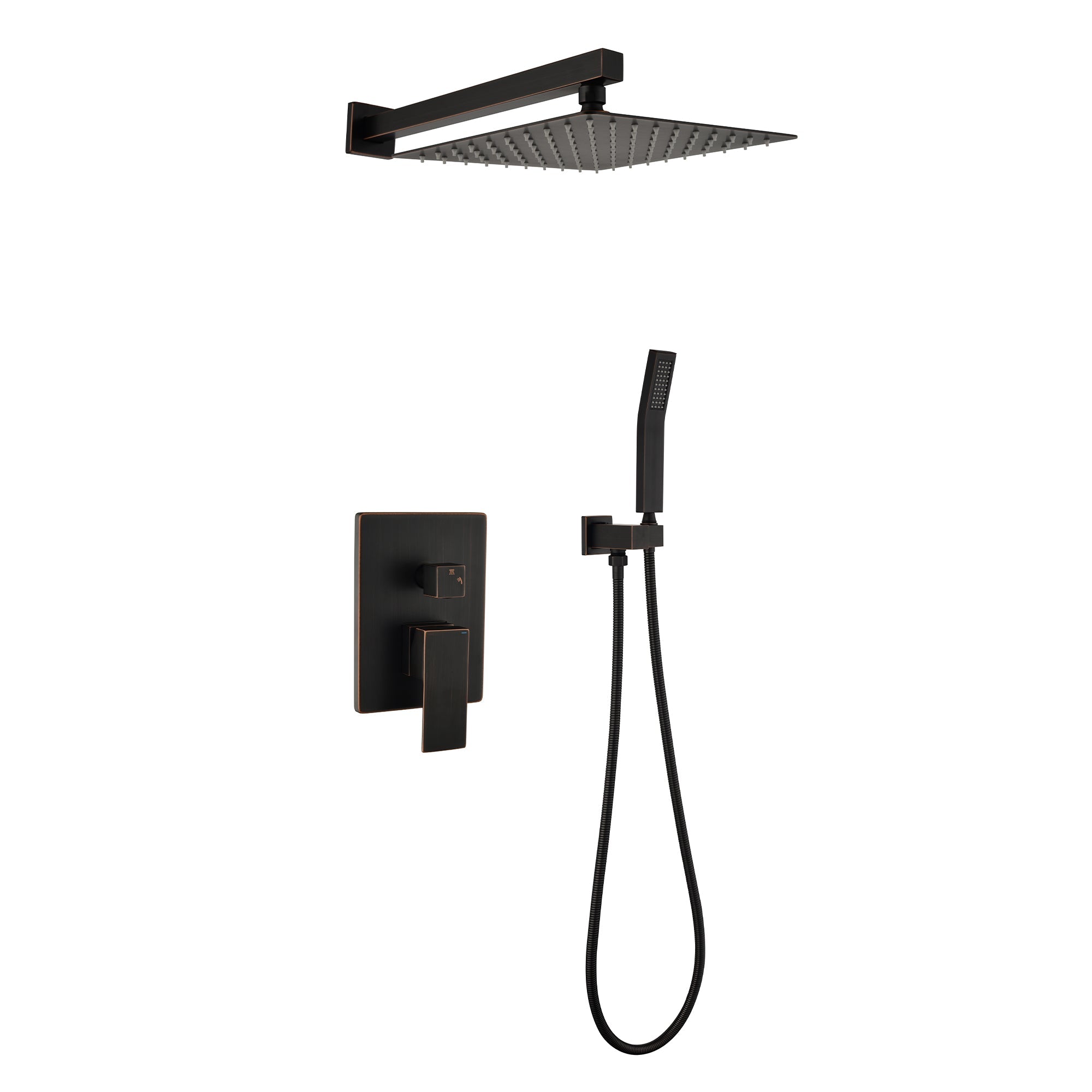



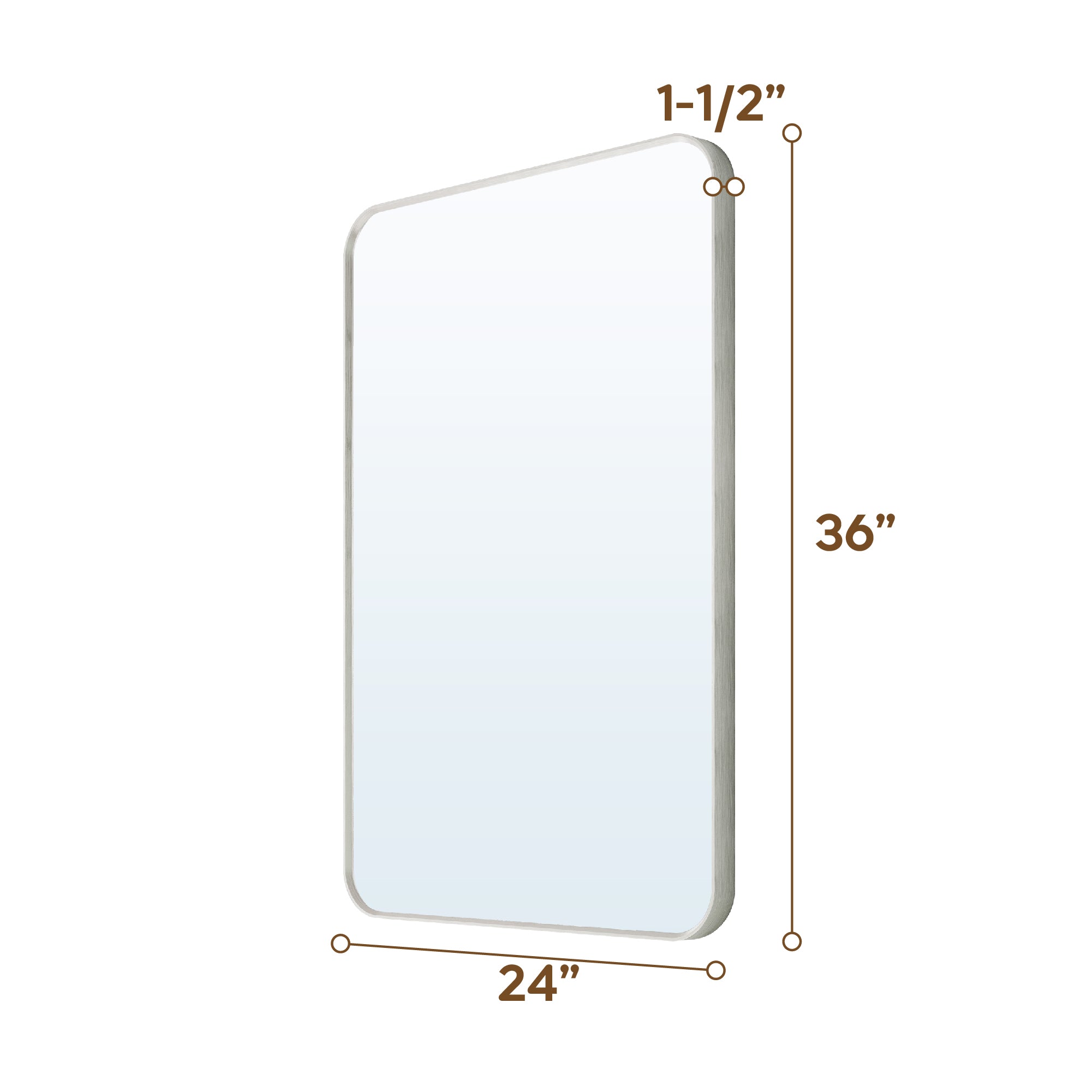
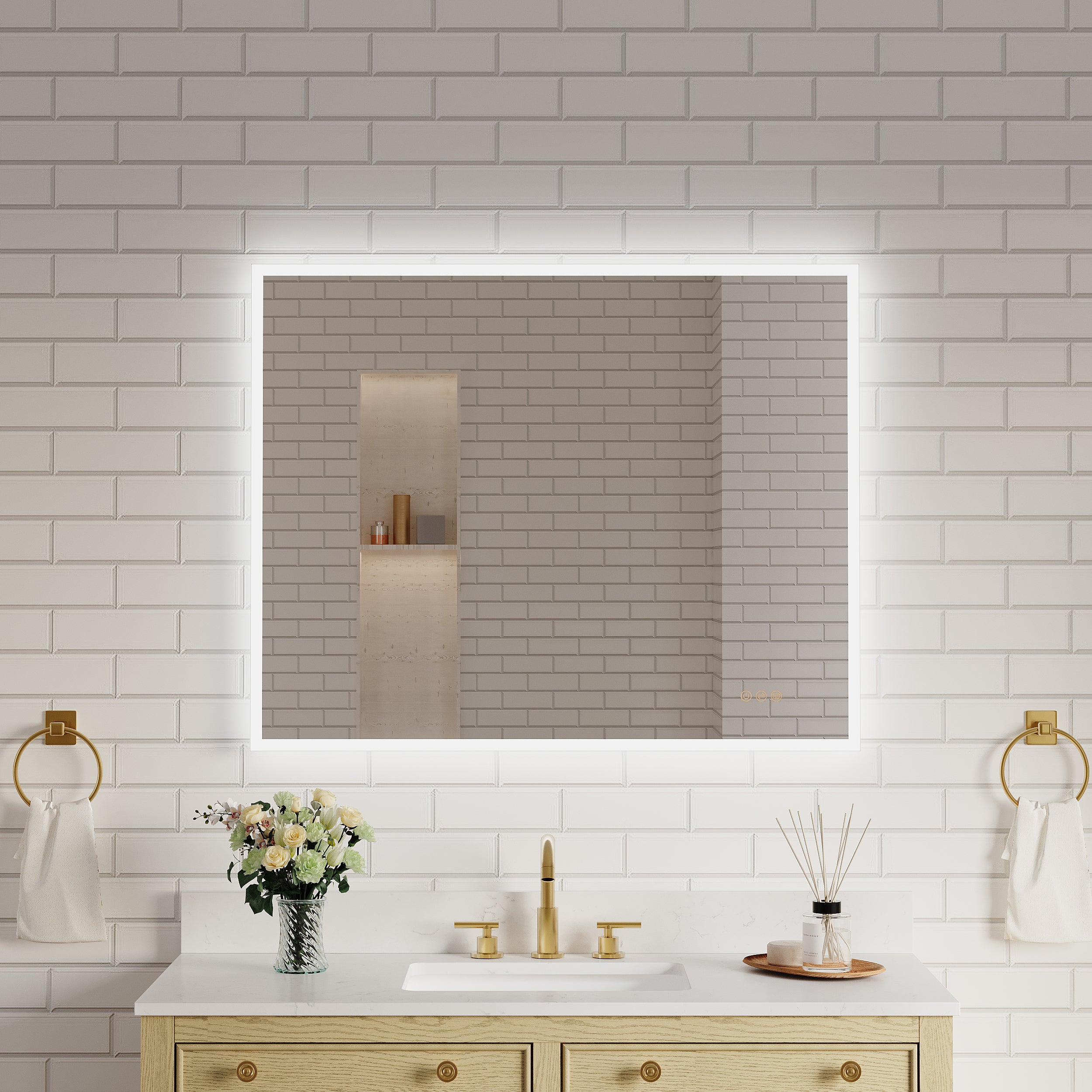
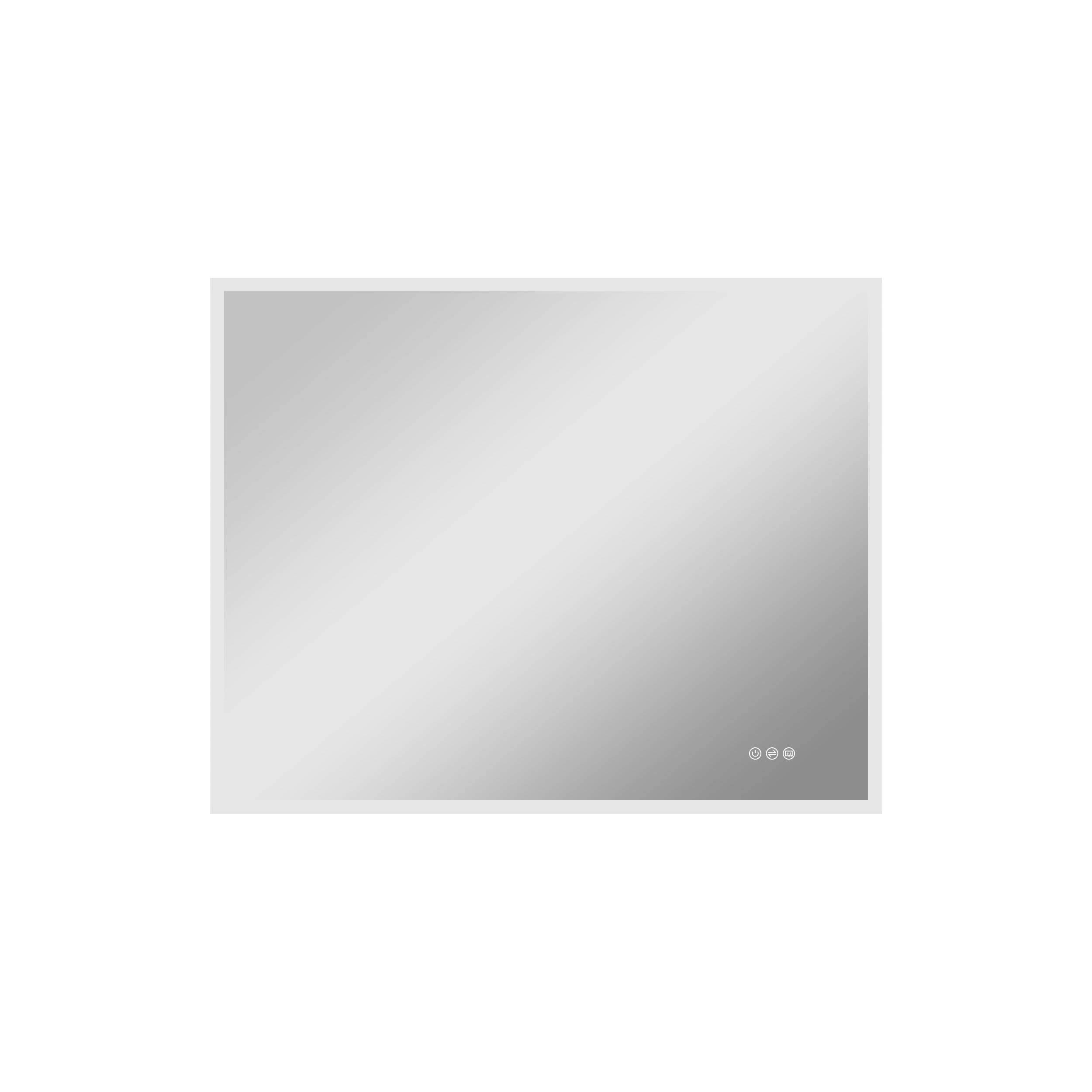
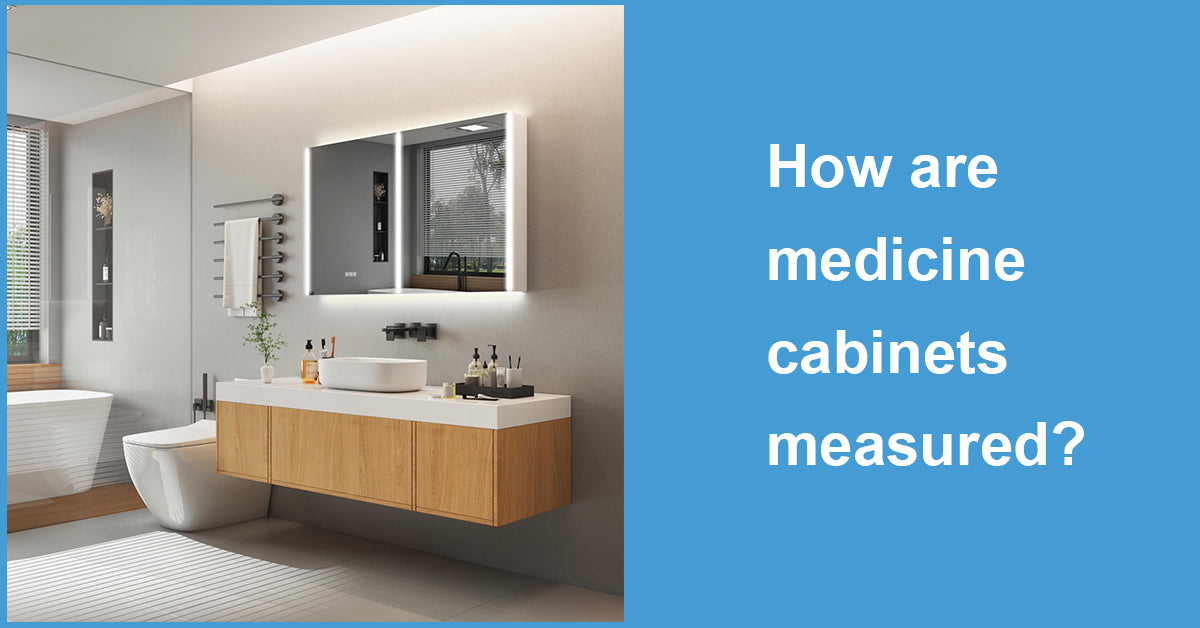



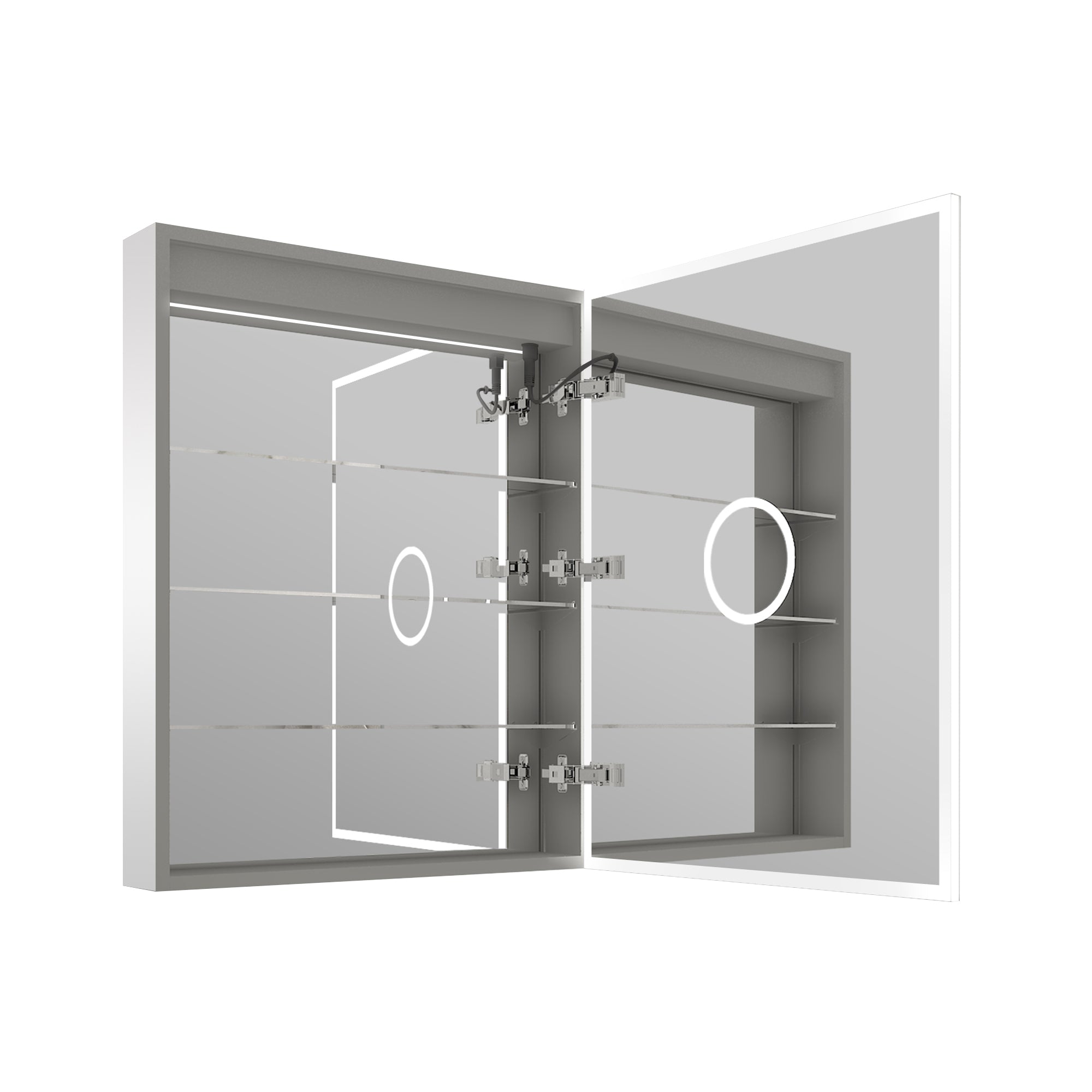
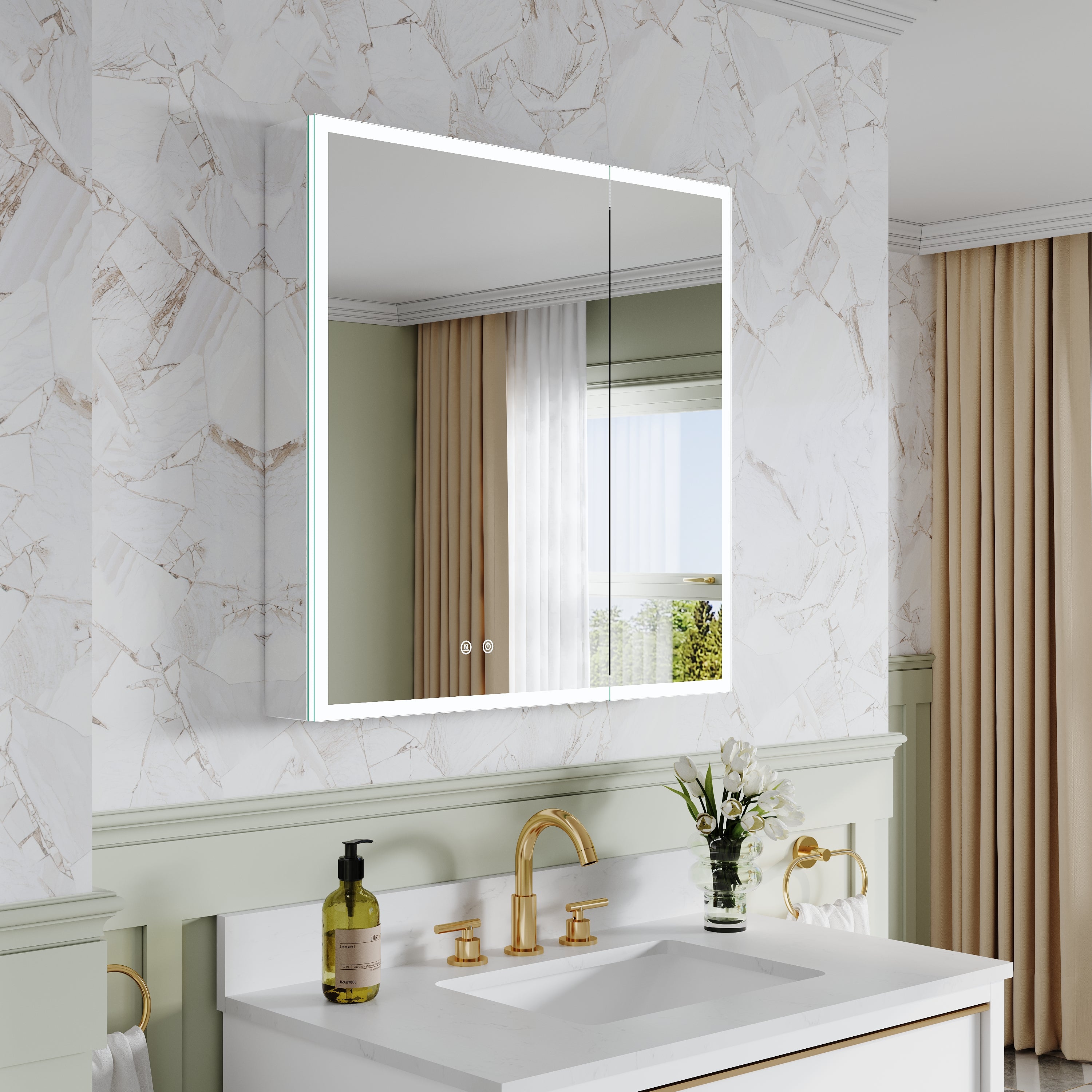



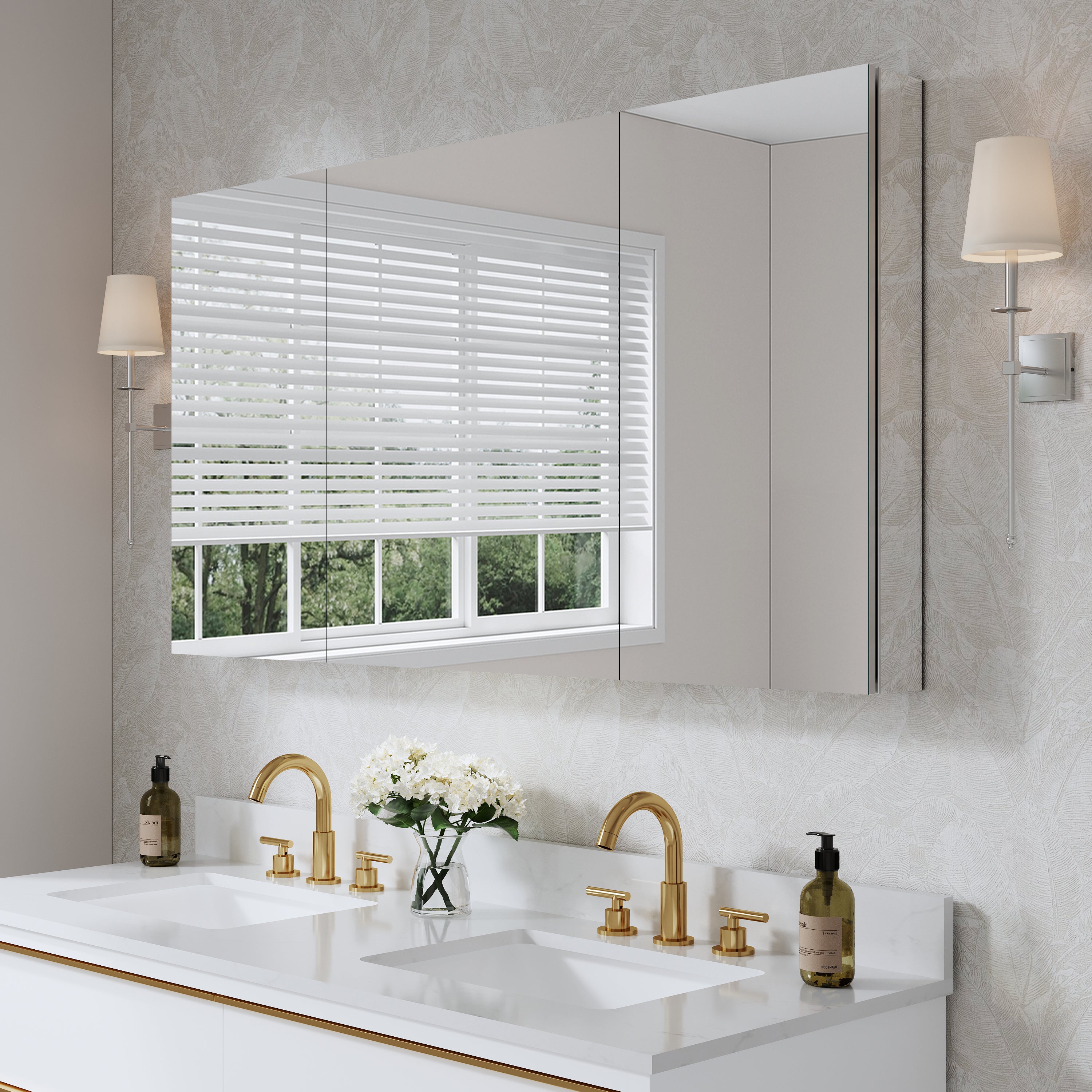



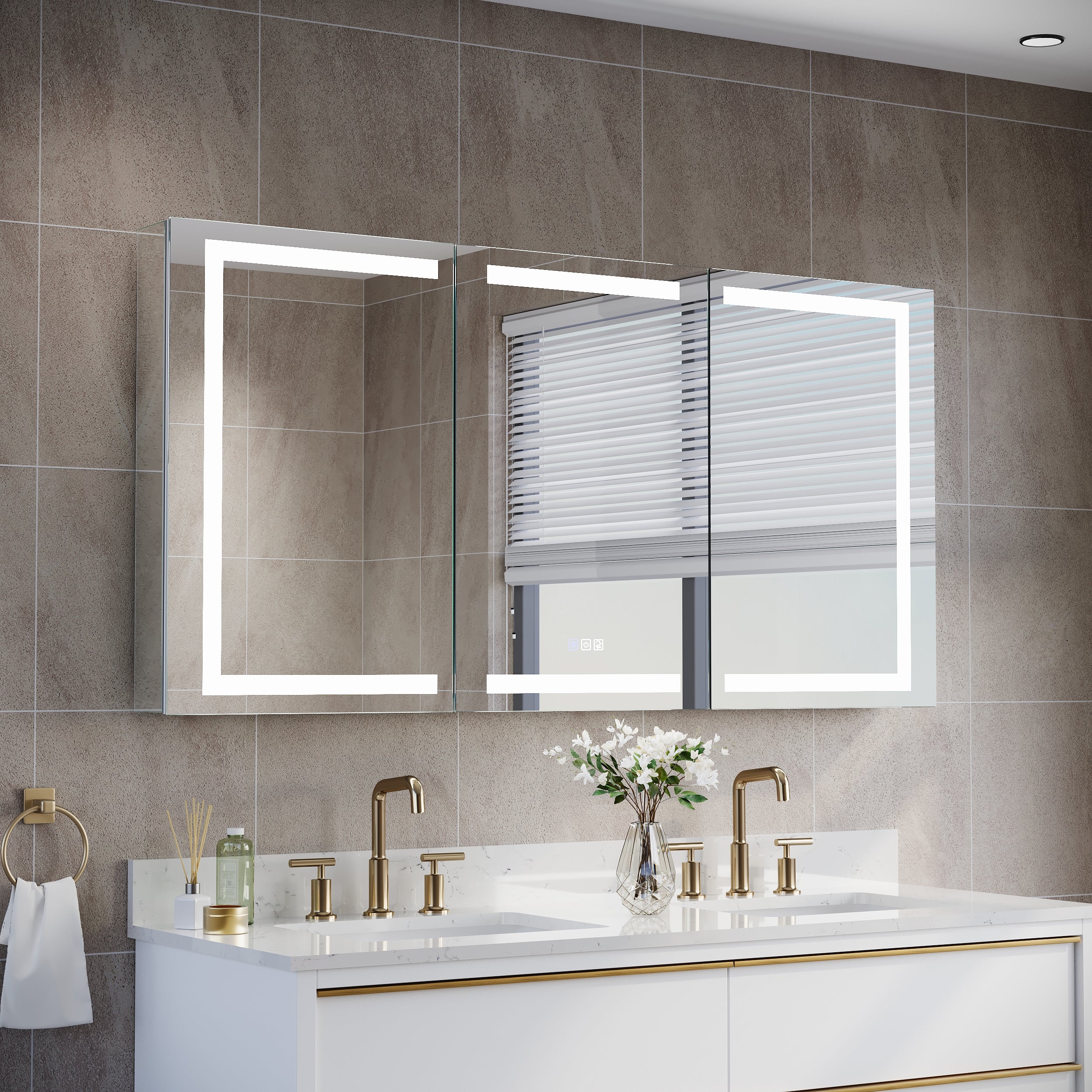



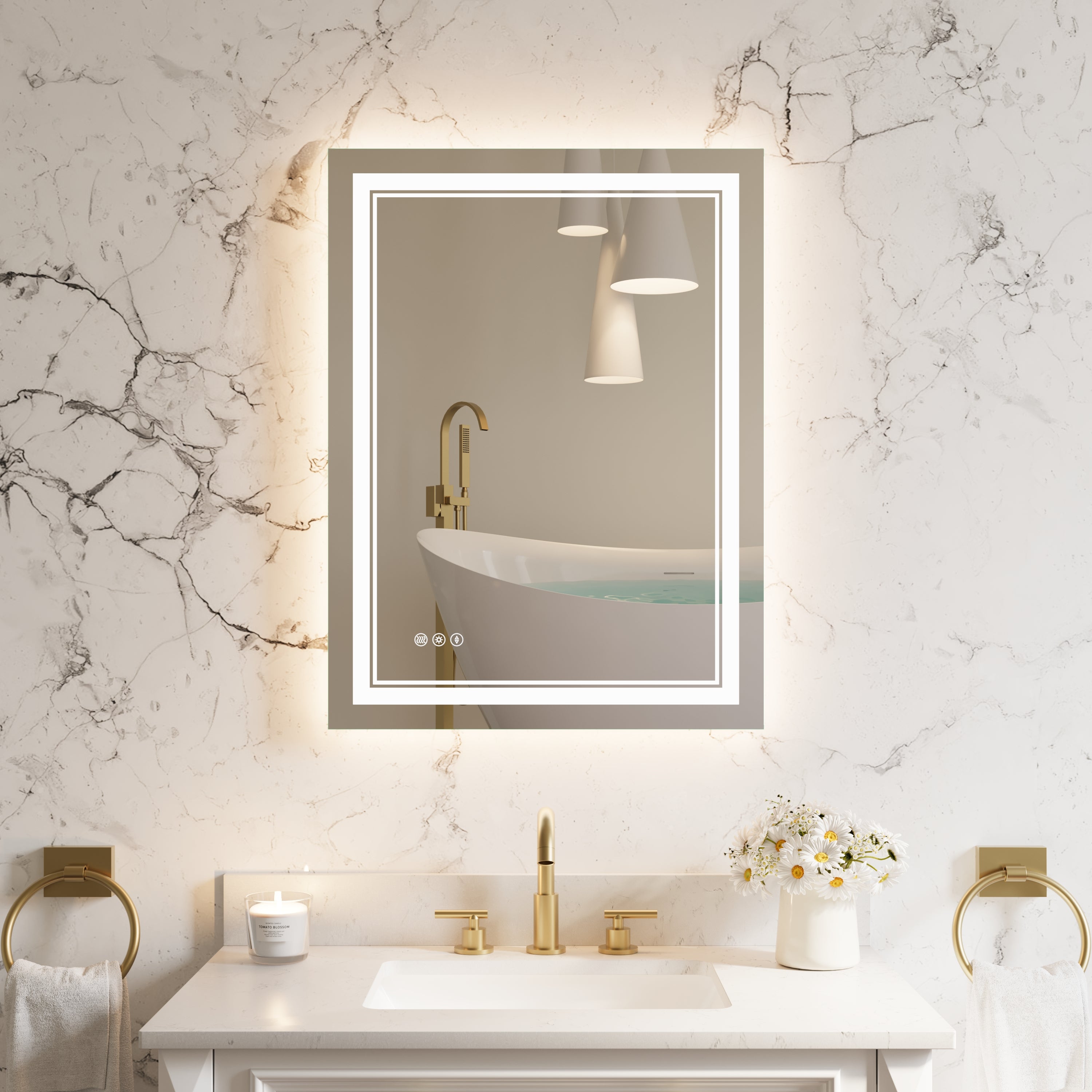








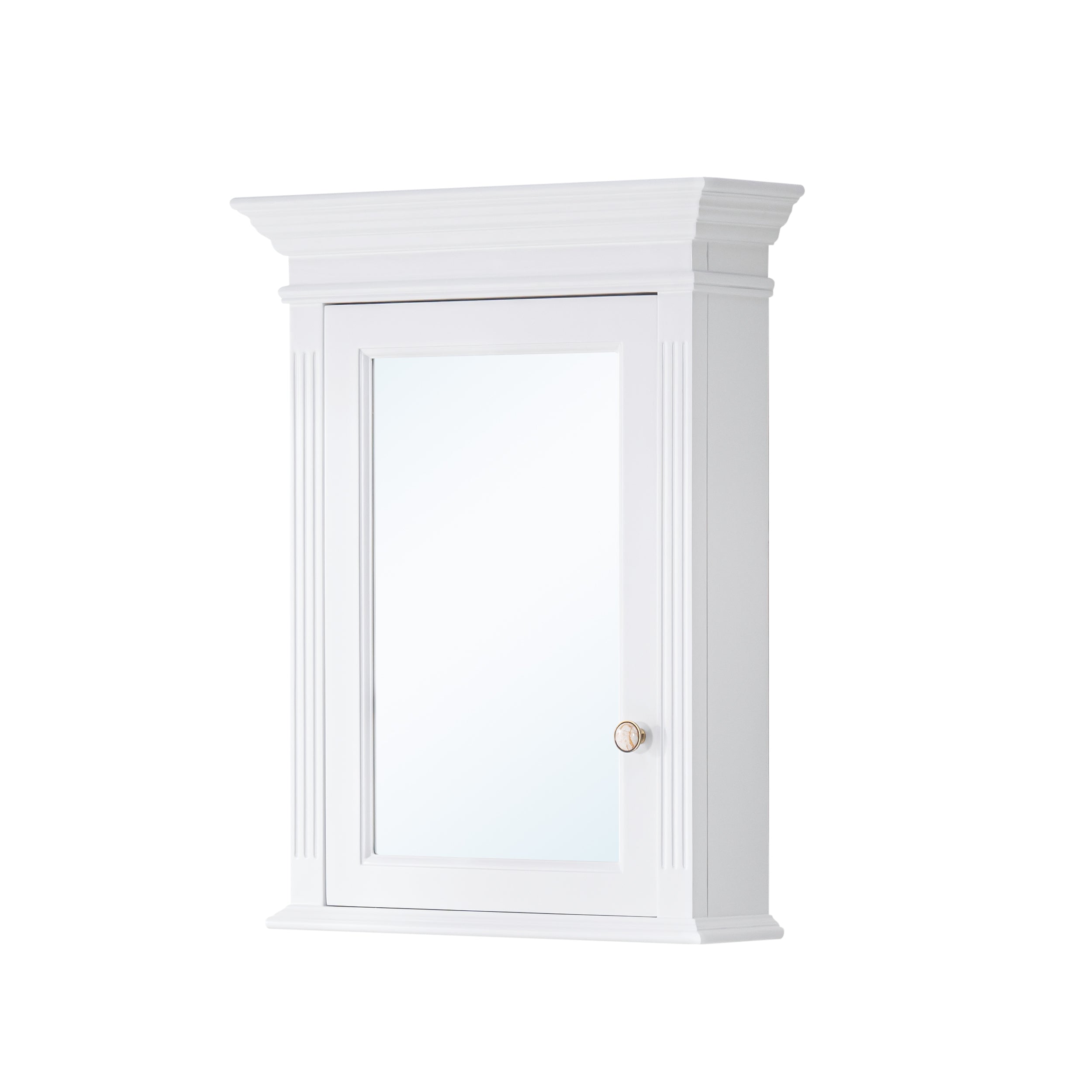
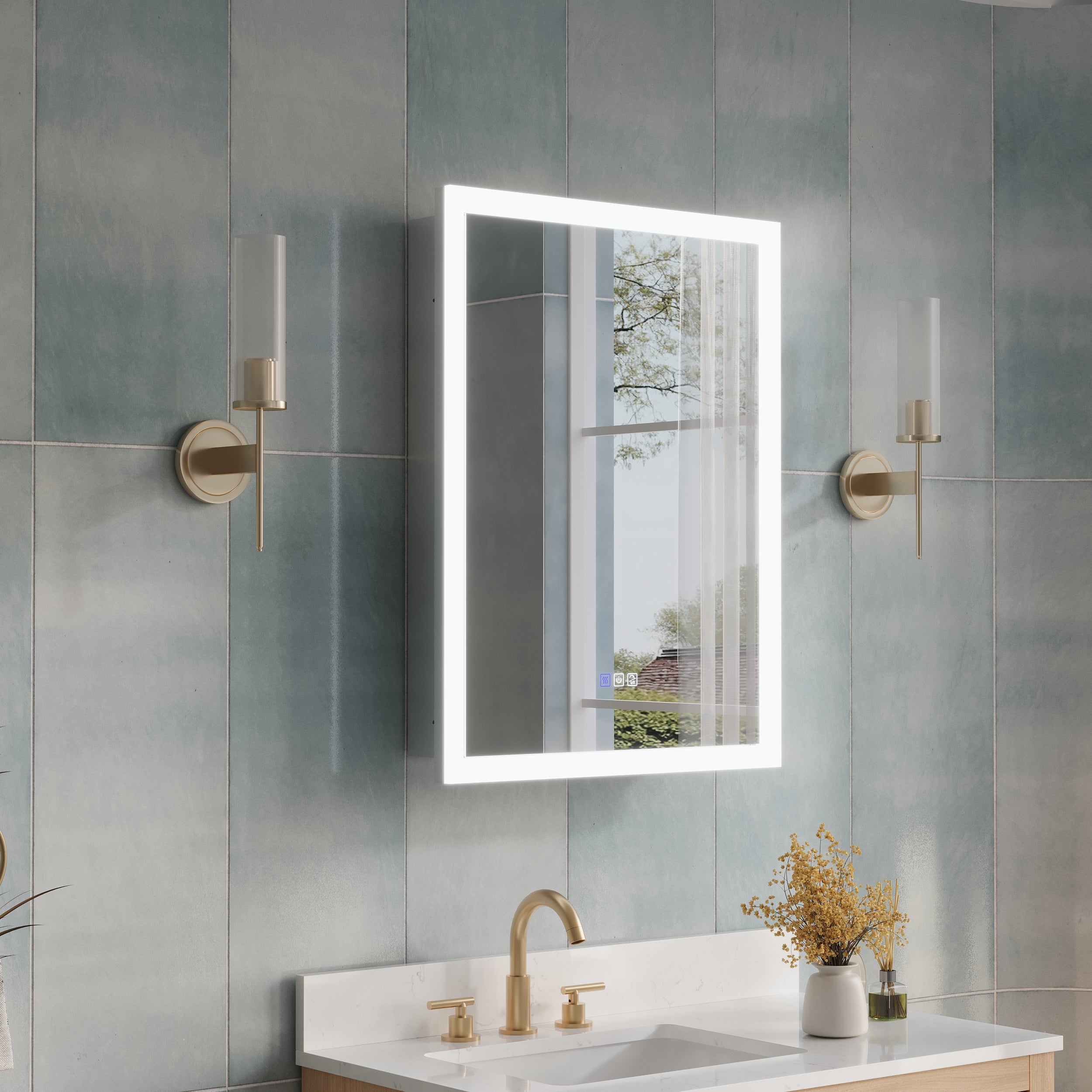
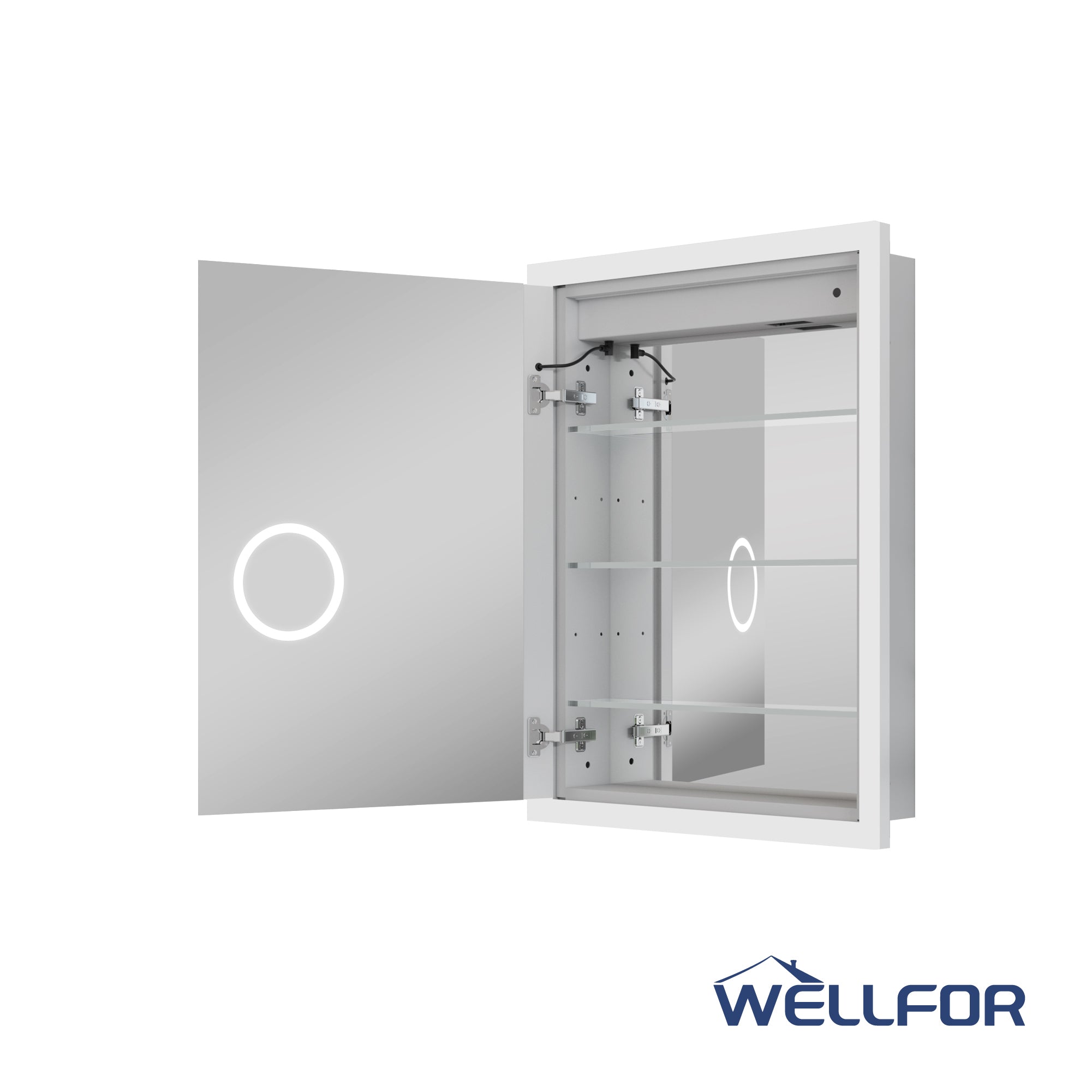
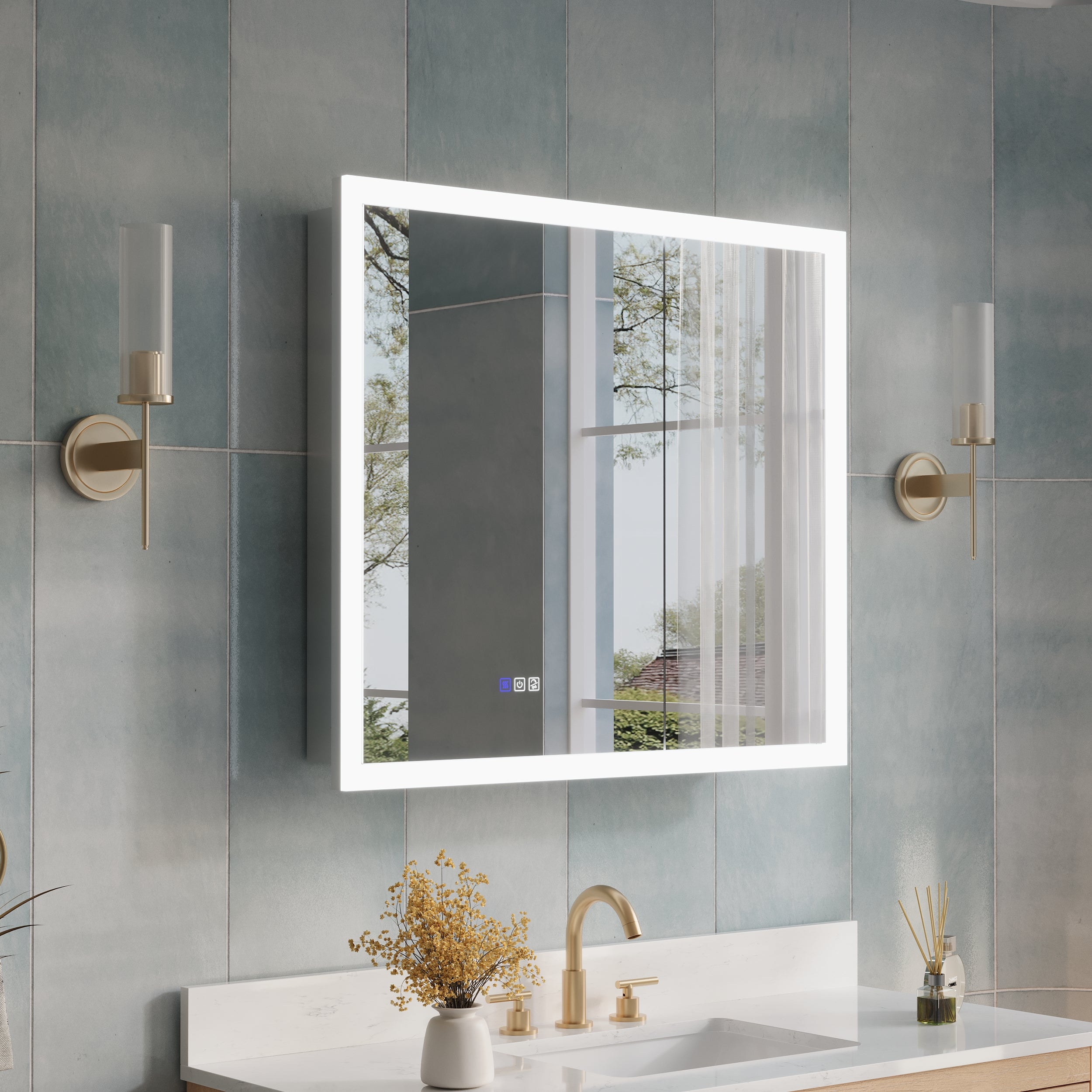



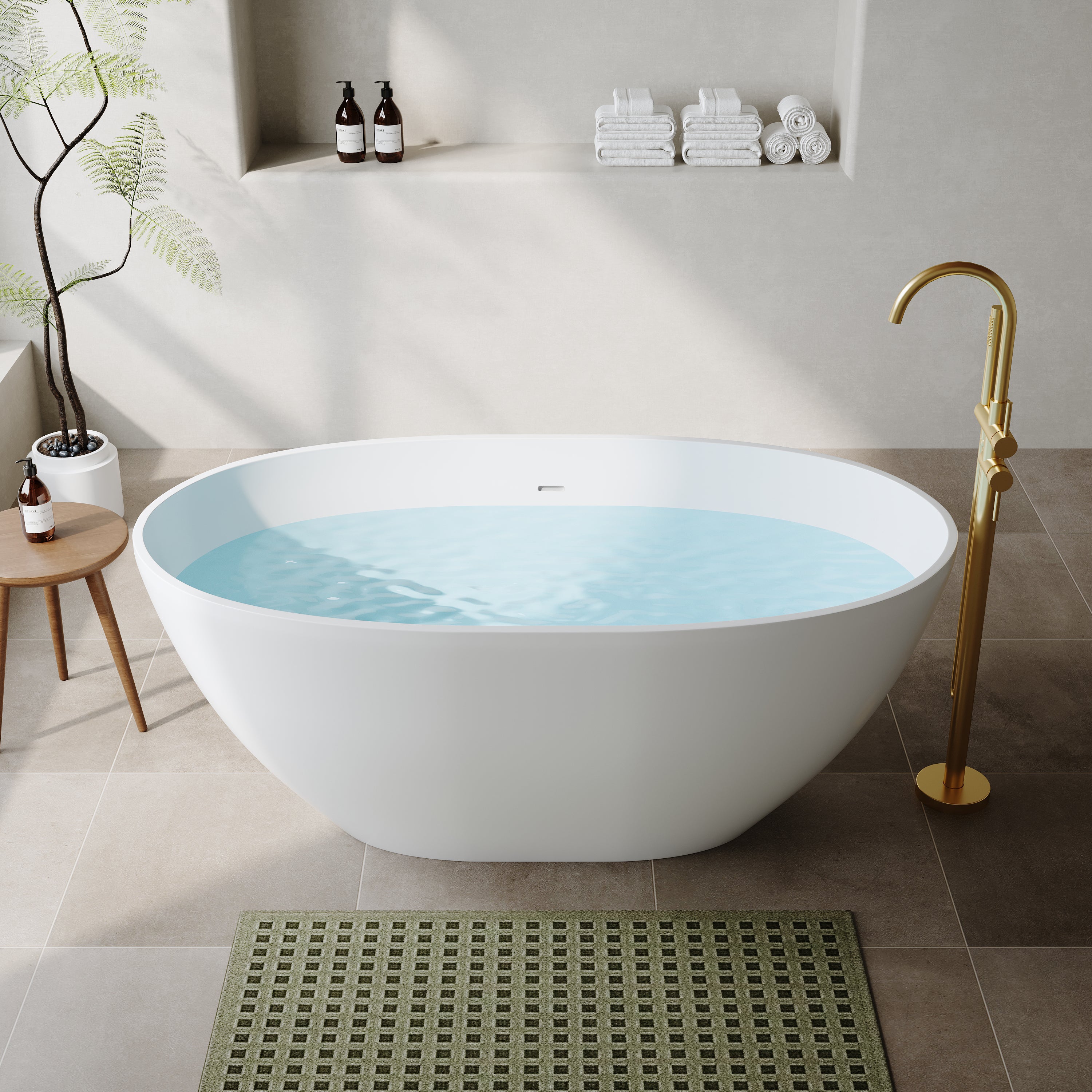


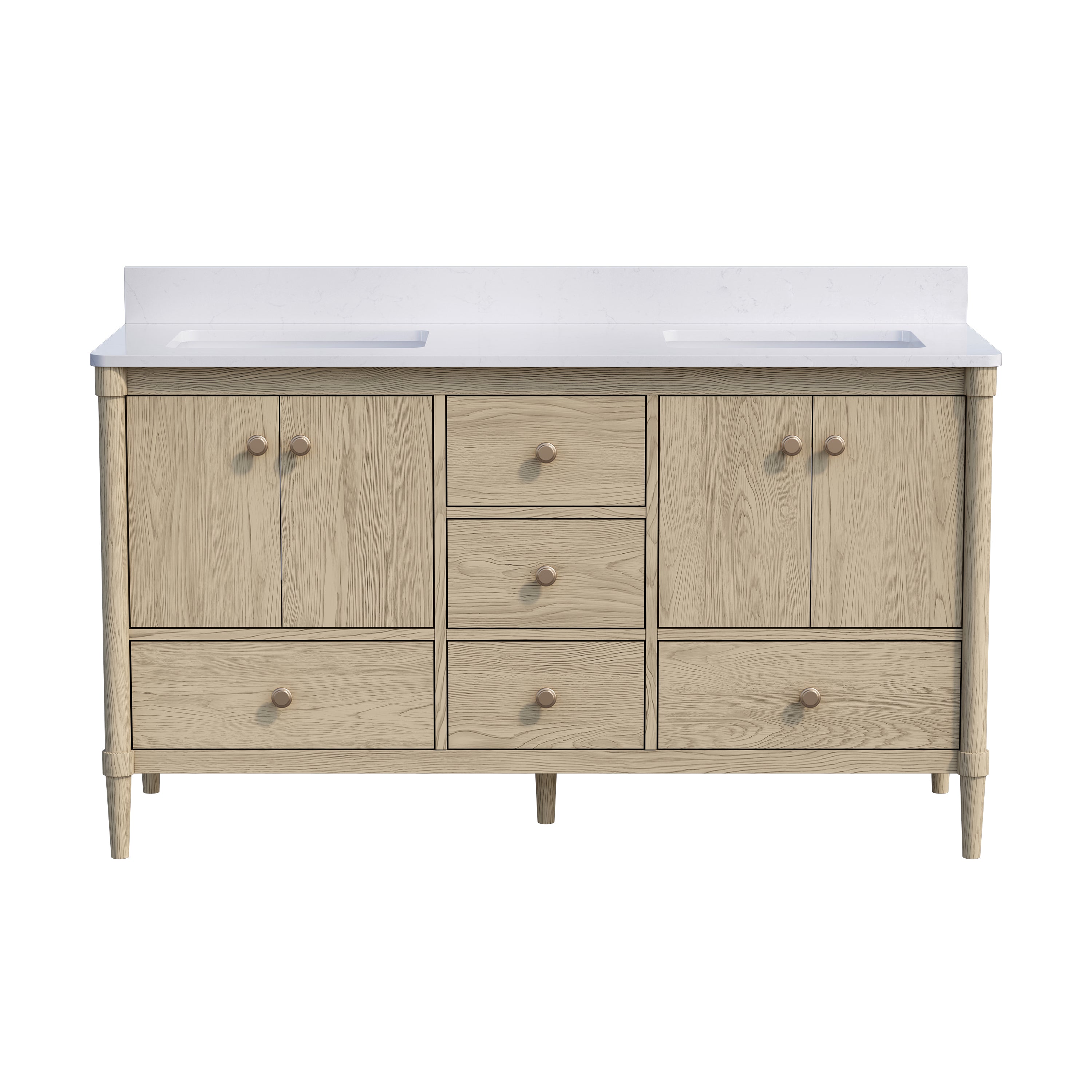
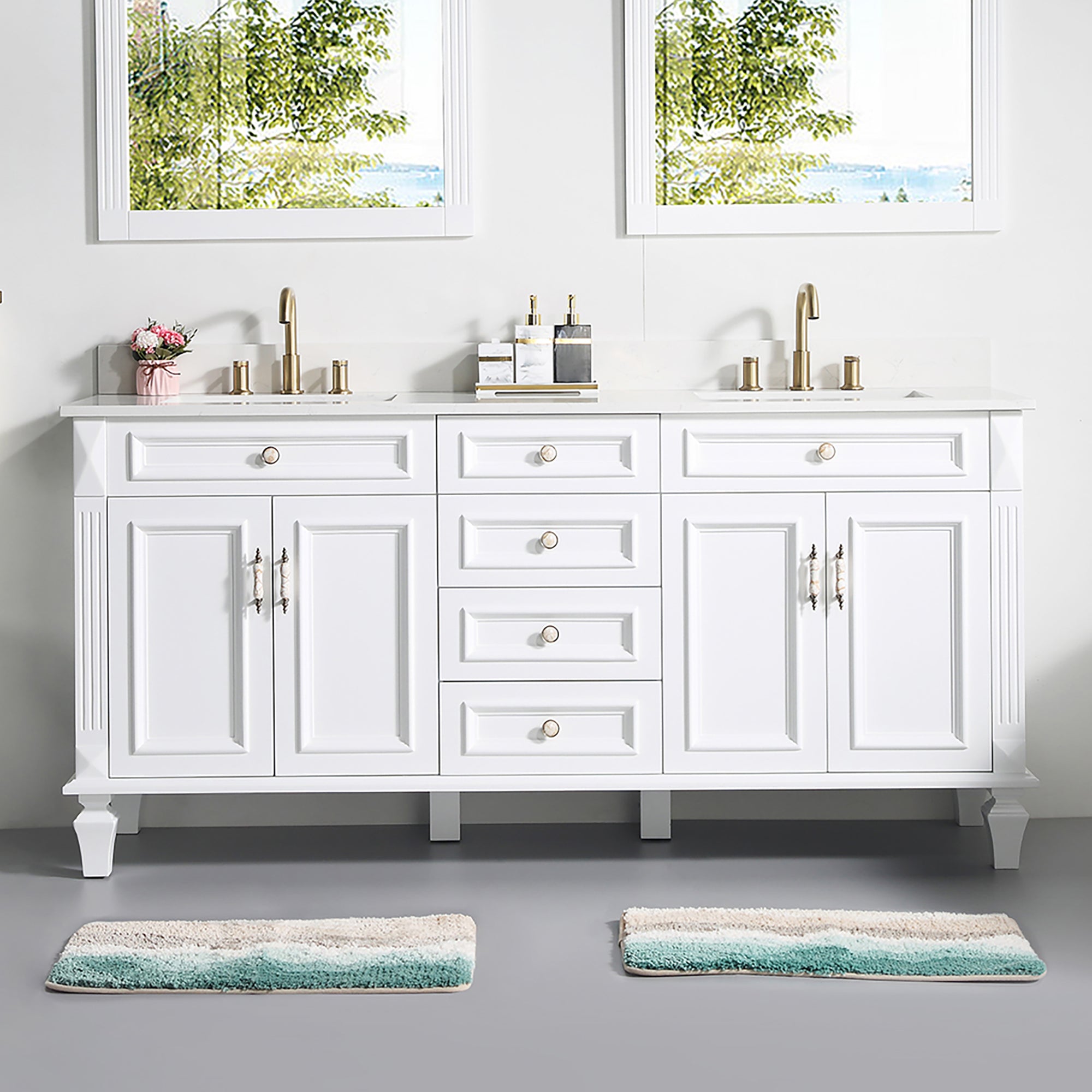
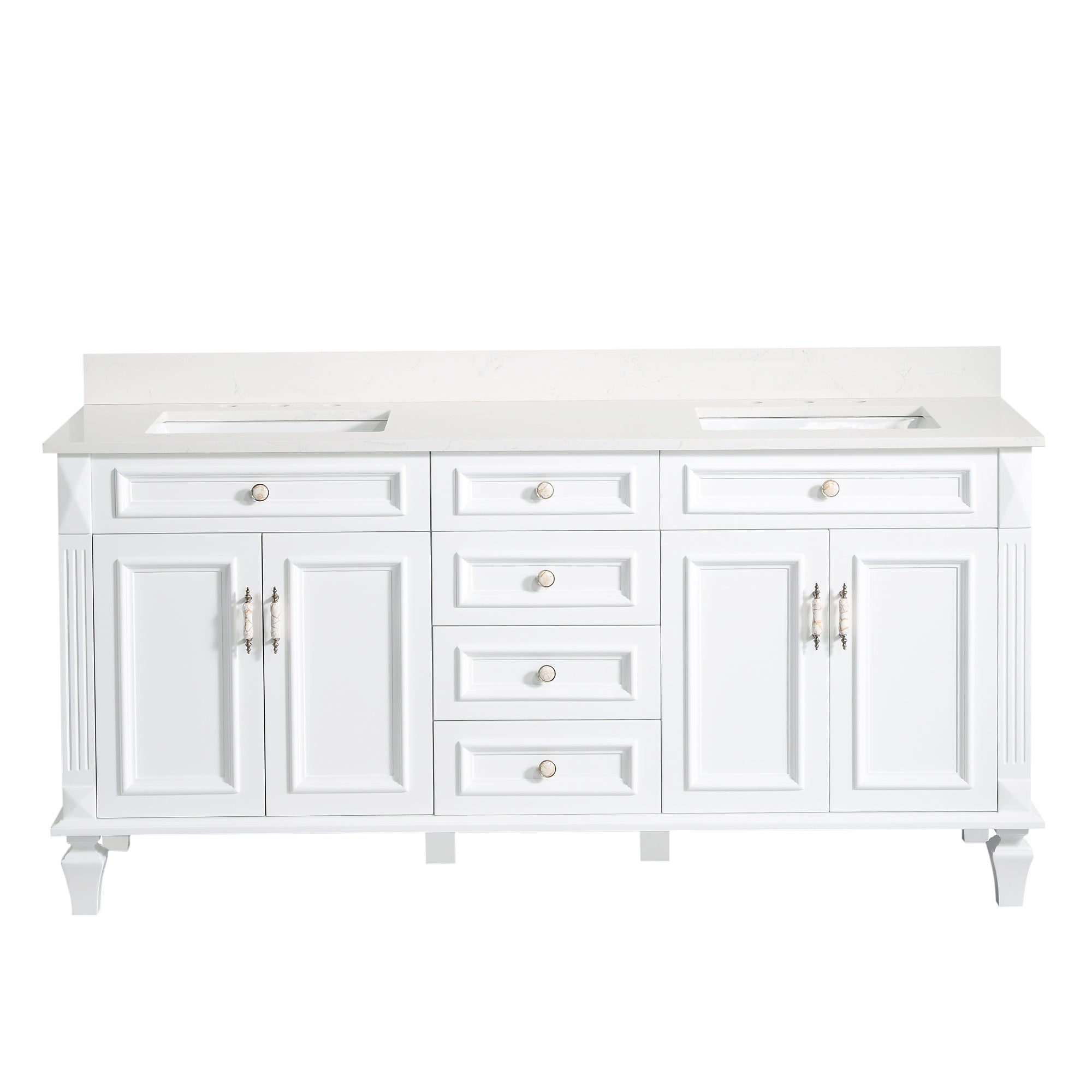
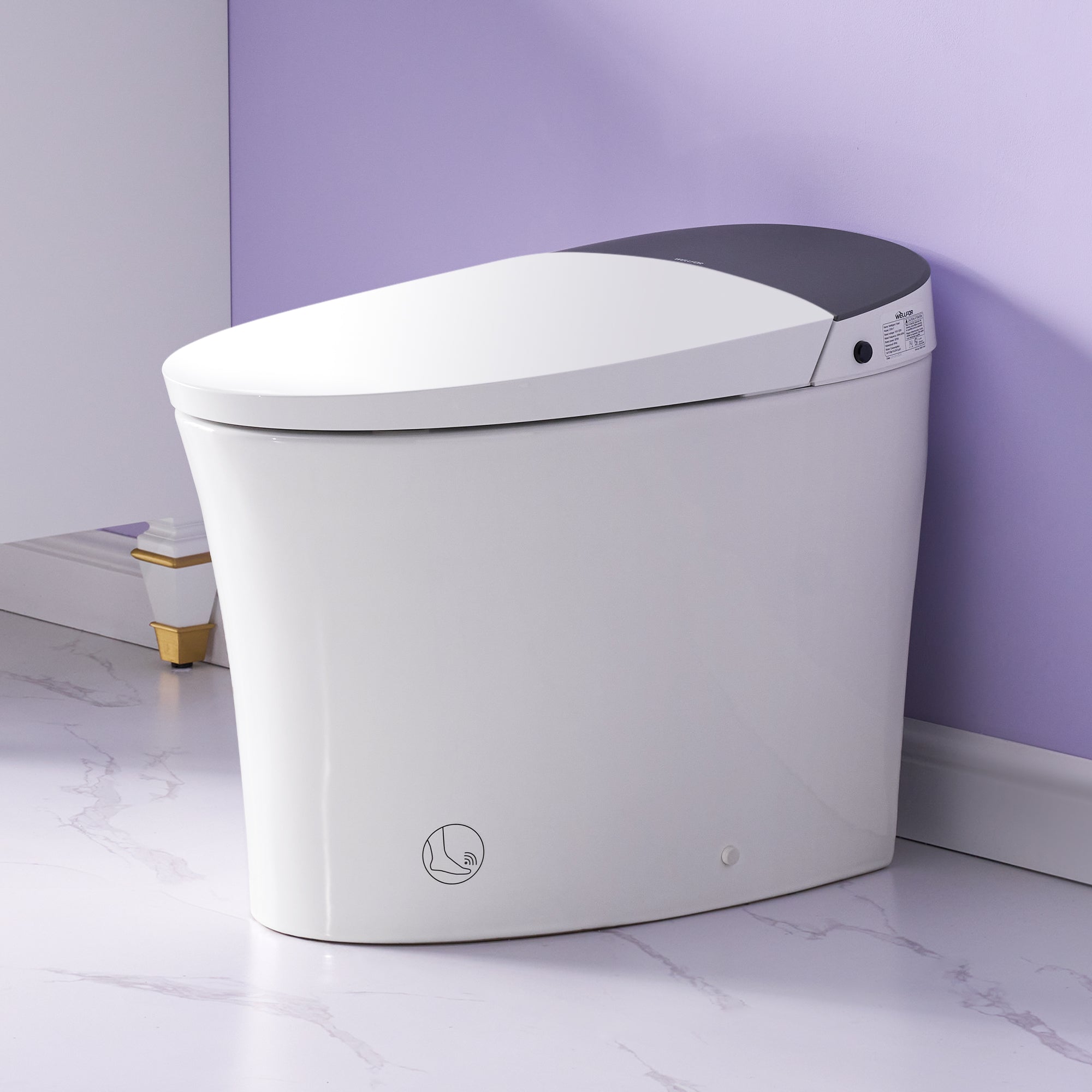
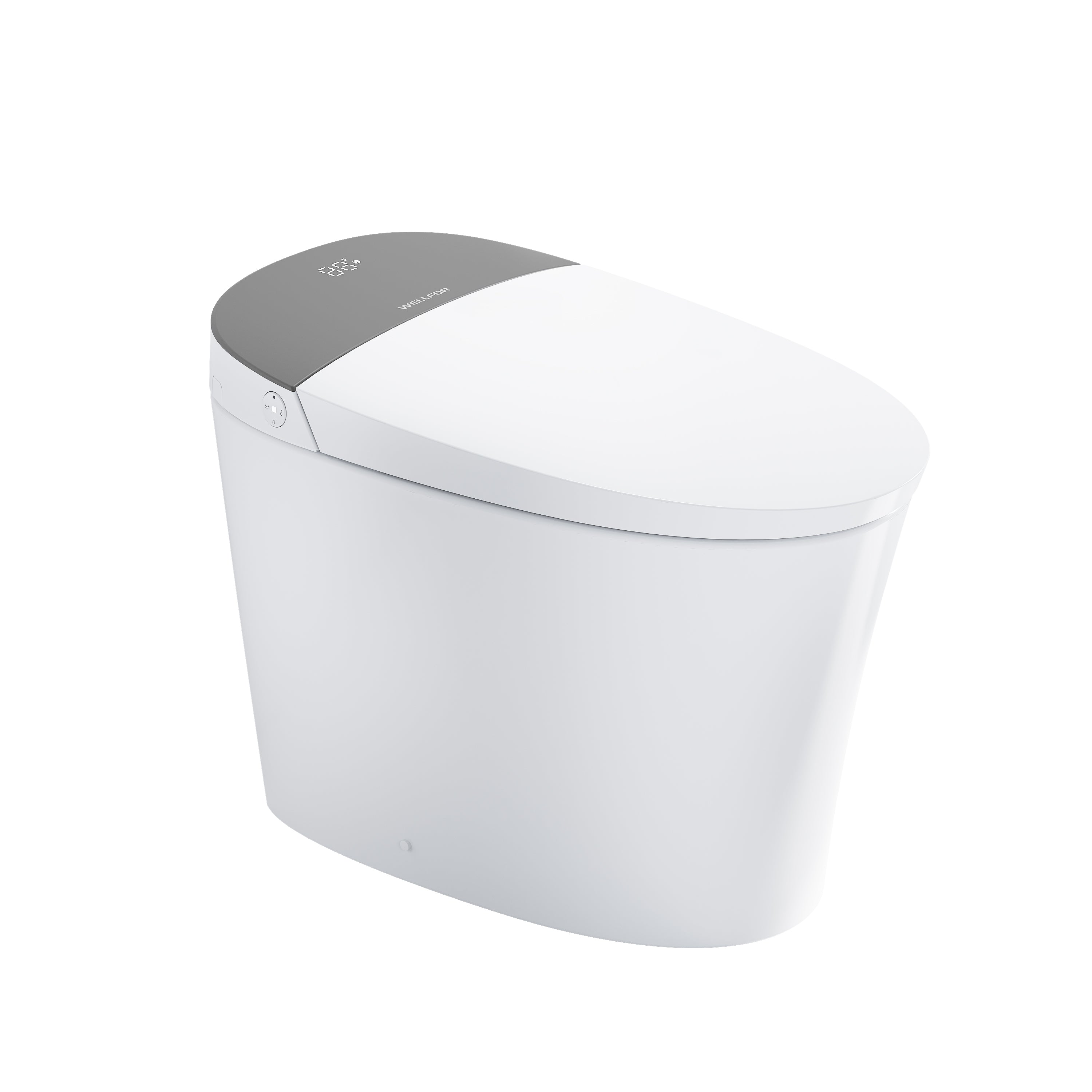

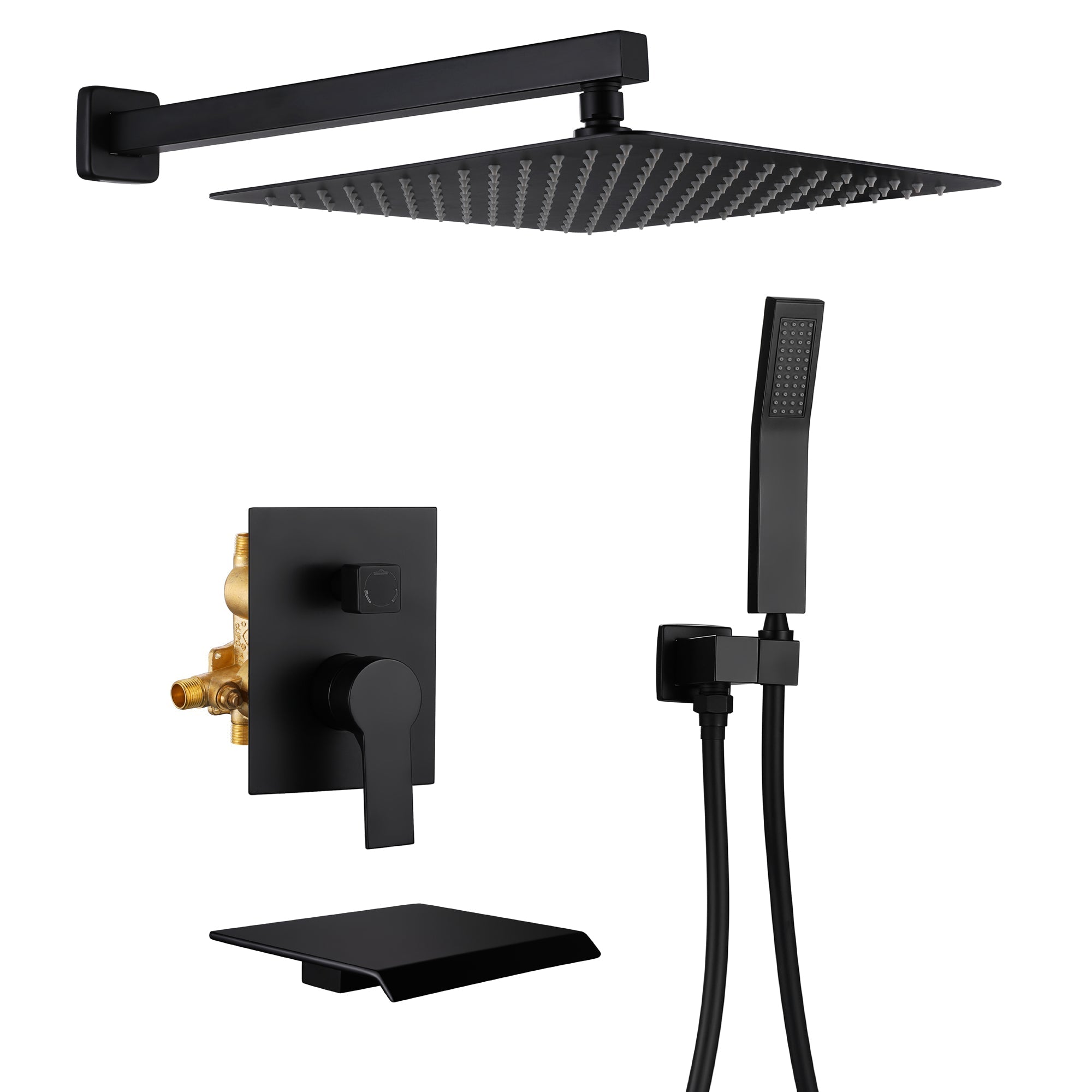
Leave a comment
This site is protected by hCaptcha and the hCaptcha Privacy Policy and Terms of Service apply.